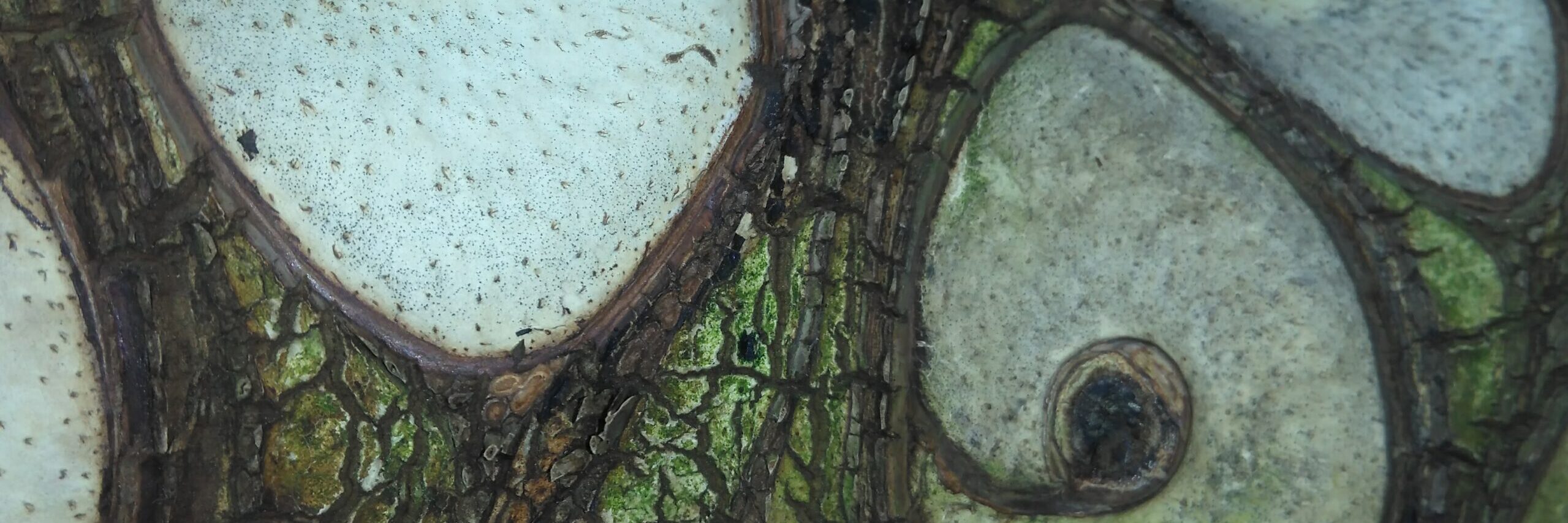Yesterday I was inspired to go for a walk out in the countryside. That may sound strange. It is some time now since I have been for a focussed walk on a common, to a field or anything like that to specifically see something.
Backing up. The day before yesterday I received the latest copy of the British Trust for Ornithology (BTO) news. In this copy was an article about one of my favourite British birds the nightjar (Caprimulgus europaeus) which I have in the past not been able to stop myself from seeing frequently – sometimes more than once a week during the breeding season. Due to lack of motivation to go out this year I have only heard the bird and seen the bird twice. I had fresh motivation from what I am about to write.
The article about the nightjar came up with some surprises. I like learning new information and acting on it. At the time of writing according to the text nightjars will be about to migrate. I write this in the middle of September. This gave me a rush finding this out, like taking a drug or drinking coffee. For all these years it’s been disappointing not to be able to have that extra time to see them. Now I can extend my viewing of them into September adding on another two months. This activity only really works where you know that statistically speaking the chances of seeing them are greater if you know that there are a lot of nightjars to be seen. We have one of those sites near where I live. (See a previous post on nightjars here – the pictures are missing). So, what do I do I decide to go to the most recent place where I heard one where there is a less likely chance to see one – duh!
That aside for now. Some other findings about nightjars have been discovered. They often feed along grasslands, cropped fields and linear features such as ditches and hedgerows. I had heard that they can travel 2-5km in a night which this article confirmed. They also are fussy feeders going for medium to large sized moths. The moths they prefer have been found to be of the order Noctuidae and Geometridae. Due to better tracking technologies, they have been found further afield in the Democratic Republic of Congo and Angola in southern Africa where they winter returning back to Europe in mid-May.
With this inspiration behind me I set off to St Mary’s Worplesdon, my starting and ending point. I didn’t actually get to see or hear any which deep down I wasn’t expecting but I was hopeful, and it spurred my walk on.
There were 7 swallows (Hirundo rustica) migrating. A flock of small birds alighted on one of the Scots Pines (Pinus sylvestris) which were highlighted by the setting sun. They were linnets (Linaria cannabina) which I could only really see through my binoculars. A tawny owl (Strix aluco) called two or three times, the screech call not the well-known hooting. I wondered if it was being disturbed by magpies (Pica pica) as their sharp calls seemed to be coming from the same direction.
I took my bat detector with me which proved to be a good thing as it helped to keep my spirits up as it got darker, I could pick out some bats of which there were 5. The first ones sounded different to what I was used to but as my bat detector is quite basic, I have to classify them as unidentified bats – but they were probably of a species of Pipistrelle.
I did get two surprises which made the walk extra special. The first one was at the beginning of the walk. I had passed the lone Eucalyptus tree and was about to pass one of the branching off paths near to it and something caught my eye. It was a roe (Capreolus capreolus) buck which was standing still watching me. I did the same. I wondered who would move first. I decided to try something and lifted my binoculars slowly to my eyes to get a closer look. He kept twitching his left ear which was rather comical. I then thought I’d pretend to move forward slowly away from him and then turn and made to walk towards him. That’s when he decided I must be a threat and he turned tail and trotted off into the undergrowth.
The second incident is a bit of a mystery. I was heading back to the car, and it was dark but not fully so. I was swinging my bat detector steadily from left to right to pick up sound and as I approached a large bramble bush, I received through it a really loud sound. It wasn’t a bat. It was like a squirrel, but I thought that was not likely to be emminating from a blackberry bush. It was a harsh strident clicking which I thought probably some kind of bush cricket. I have included a clip here:
The sound is rather rhythmical and intriguing. I have found some other recordings, but they were created using a more sophisticated bat detector than mine so it’s difficult to compare the sounds. My mobile has created a sonagraph which I will have to use to see what it is. I do have some software that I bought for the bat detector which I may use to work it out – I like a mystery! Here are some other bush crickets to compare with.
